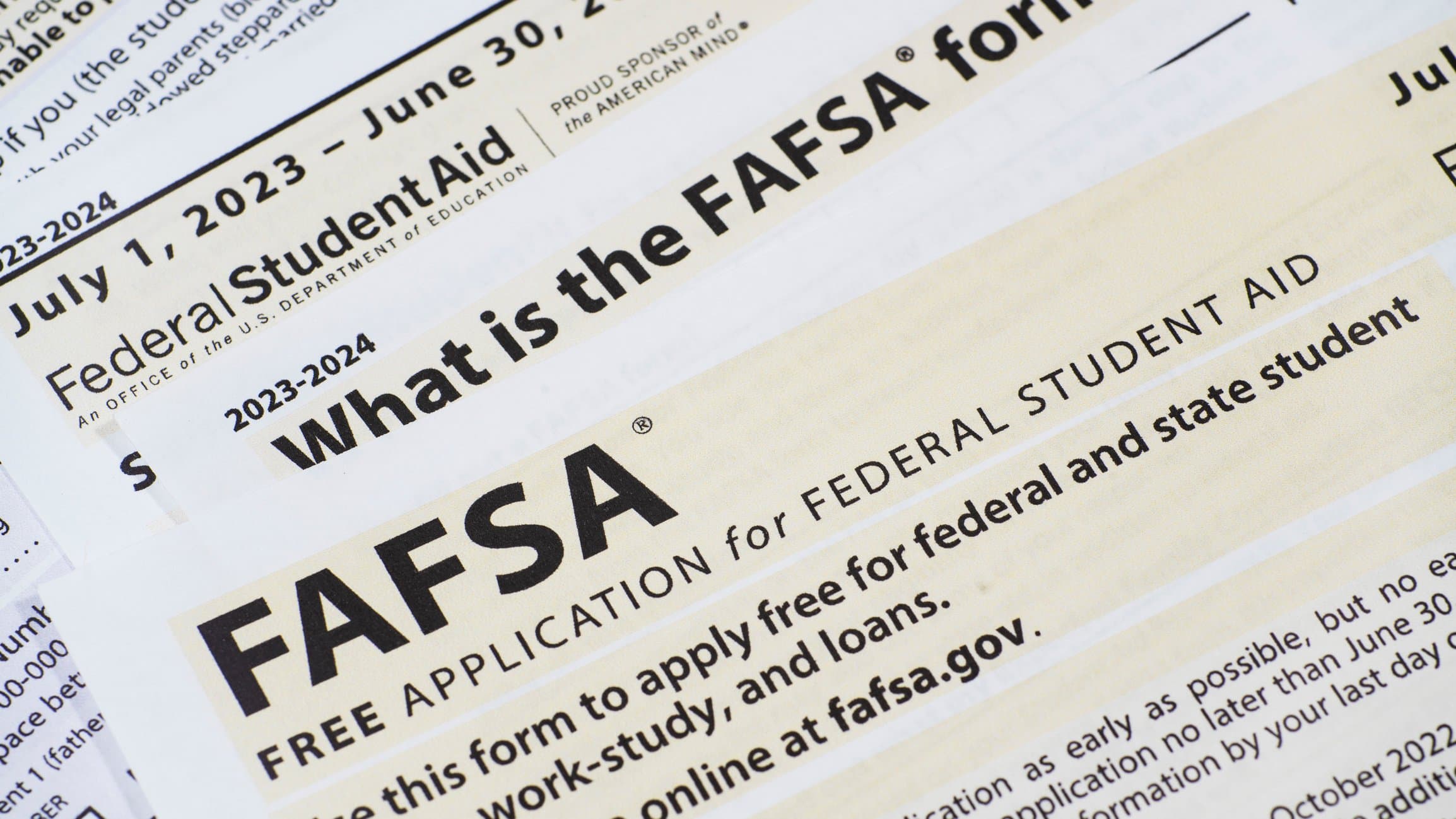
As FAFSA Delays Continue, How Can Institutions Mitigate the Damage?
The bad news came on January 31: Colleges and universities would have to wait until March to receive applicants’ institutional student information records (ISIRs), the federal aid information that institutions need to offer students aid packages. The effects of this latest delay may well be devastating. Not only will it force schools to push back commitment deadlines and force students to speed up their decision process, but it also has the potential to impact yield, persistence, and ultimately keep low-income and first-generation students from enrolling altogether. Institutions across the country are wracking their brains over how to moderate the consequences of this latest delay.
Compounding the issue is the fact that technical challenges could slow distribution even further. Institutions typically receive ISIRs in October, when they have months to identify and address software-related issues and meet financial aid deadlines. With this year’s ISIRs being released in March, institutions will have mere weeks to sort out complications.
Financial aid software providers are doing everything in their power to ensure institutions have what they need to process and award financial aid as soon as the ISIRs become available. Below we explore how software providers are prepared for the ISIR release as well as what institutions can do to ensure their financial aid roll out goes as smoothly as possible.
How Are Financial Aid Software Providers Addressing 2024 FAFSA Delays?
Each year, Federal Student Aid (FSA) releases new financial aid system specifications, and software providers respond by updating their solutions to accommodate these new specs. Like most elements of the new FAFSA release, the publication of the final specifications was late. Usually occurring in late June-early July, this year’s final specs weren’t released until mid-December, giving software providers less time to test their software and giving college staff less time to adopt and test software updates.
Expecting these delays, many software providers, like Jenzabar, have been paying close attention to specification releases and updating their software accordingly. Jenzabar Financial Aid’s team did the bulk of their development work over the summer, just after FSA released its initial draft specifications in April. When the final specs came out on December 15, Jenzabar released the latest version of Jenzabar Financial Aid to customers almost immediately.
Software providers are also working to create training and support programs to help institutions work through software changes and ensure that, once ISIR information is released, the award process runs smoothly. Jenzabar Financial Aid Product Managers Debbie Parrish and DelRay Capper explained that because they wanted to give customers as much lead time as possible, their team rolled out its product support in December.
“Once the ISIRs start to roll in, should institutions encounter issues—whatever they are—we’re prepared to address them,” Parrish explained.
What Can Institutions Do to Prepare for the March ISIR Release?
- Complete Your System Setup: According to Parrish and Capper, if institutions aren’t yet configured for the 2024-2025 school year—having set up cost-of-attendance, etc.—they should do this as soon as possible. Most institutions will have completed this setup already, but there’s a chance that some of these FAFSA delays have created corresponding administrative delays for financial aid staff.
- Update to the Latest Version of Your Financial Aid Software: This may seem like a no-brainer, but every year, Capper and Parrish hear from institutions who are not operating on the latest release. To hit the ground running for the March release date, institutions need to be on the latest version of their financial aid software. “Otherwise, they may encounter problems when they try to load ISIRs,” Parrish explained.
- Practice, Practice, Practice: Hopefully, your software vendor has provided you with practice ISIR files (Jenzabar Financial Aid users can find theirs in their software portal). Once you are up and running on the latest version of your financial aid software, you should create a test environment and run the practice ISIR files. This will give you an idea of how these files will look and feel in the system and allow you to troubleshoot potential hiccups more easily.
- Keep in Contact With Your Software Vendor: Given the timeline of the year’s FAFSA release, it’s almost inevitable that issues will arise. Quickly reporting these issues to your software provider will be a critical step in ensuring this year’s financial aid awards get into student hands fast. “We’re as tuned in as we can possibly be,” Parrish explained. “We’ll have workarounds and patches, but we’ll need customers to be immediate in letting us know about any issues they’re experiencing.”
If institutions are set up, updated, and practiced, they should be able to hit the ground running when ISIRs are released in March. Should issues occur, financial aid software providers like Jenzabar are ready to support them through the 2024-2025 financial aid process.




